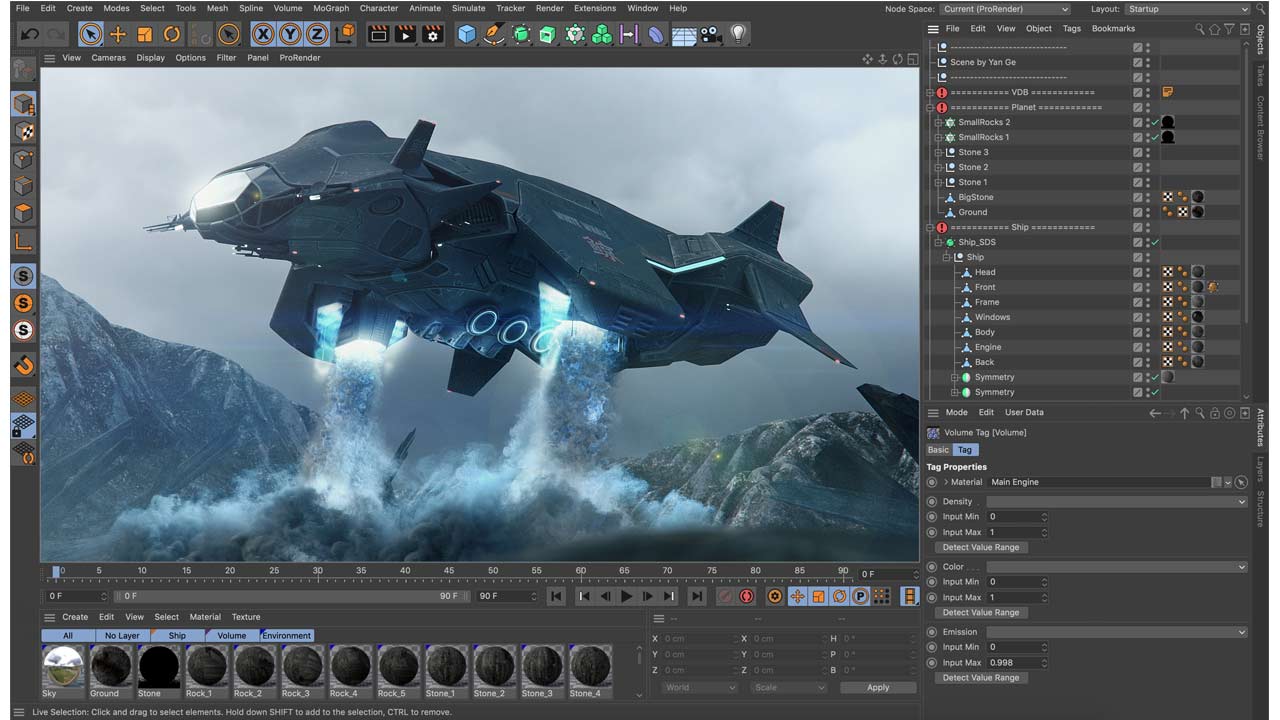

As always, things change, so check back here once in a while if you keep tabs on what I’m using in my daily workflow. I was really hoping their purchase by Maxon would have led to tighter integration, but it hasn’t. Redshift has fallen out of favor a bit for me. The stability improvements Otoy has made since 2020.2 have me back on the Octane train. Since the last time I updated this article, I’ve switched to mostly an Arnold GPU + Octane workflow. UPDATE: For those who have read this article in the past, you may have noticed a big change here. There is a full breakdown of my thoughts below if you really want to dig in. Octane is fast as hell and looks gorgeous (especially with an ACES workflow). Arnold is versatile, rock-solid, feature-packed and creates photoreal images with ease. So What’s the deal, Chad? What should I use? Well, I recommend to everyone the same two I use on a daily basis. Below you’ll hear my thoughts on what I consider the big three render engines, Arnold, Octane, and Redshift. So, I recently collected all my thoughts and decided to update my ideas on rendering in Cinema 4D (my favorite 3D application). I’ve been doing 3D professionally for over twenty-five years, built pipelines, ran jobs (large and small), creative directed at several award-winning studios, and during that time, I’ve used MANY different render engines.

“What renderer should I use? Which one do you like the best?” Ok, so here’s my answer… It’s the number one question artists ask me.


 0 kommentar(er)
0 kommentar(er)
